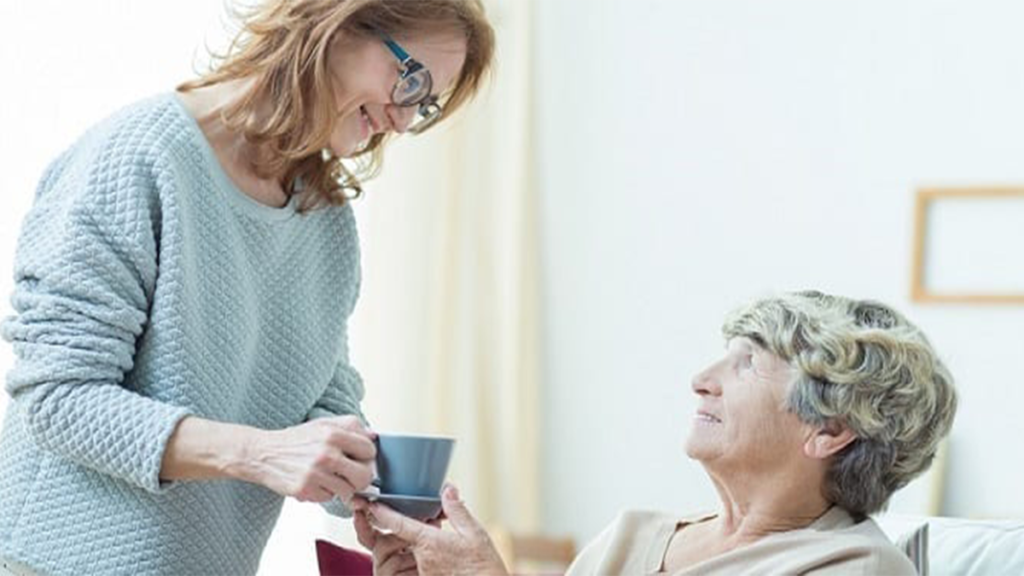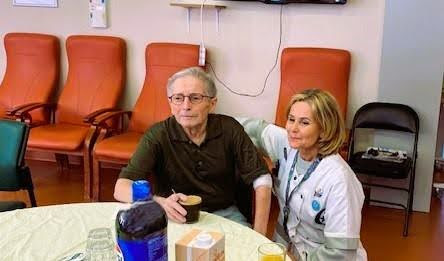According to INSEE, in 20 years, life expectancy for women in France has increased by 2.9 years and that for men by 4.7 years. While we can be pleased to see life expectancy increasing, it should be noted that aging obviously does not have the same impact depending on whether one ages in good health or with one or more fragilities.
The risk of dependency or loss of autonomy increases with age. Indeed, as we age, the body loses flexibility, it’s a scientific fact. This condition leads to an adaptation of the lifestyle, which becomes more sedentary. This unhealthy habit contributes to the loss of functional autonomy.
Define and quickly recognize loss of autonomy
Loss of autonomy could be defined as the state in which it becomes difficult to perform certain essential daily tasks alone. This is often a consequence of aging in older adults.
For example, at age 85, 70% of men and 80% of women report at least one functional limitation*.
We know that the years gained are not always spent in good health, and that the risk of dependency or loss of autonomy increases with age.
However, these states of fragility can be reversible, or at least slowed down, through targeted physical activity and appropriate medical support. The environment, social context, and medical setting play a major role in reducing this condition. Home care programs that incorporate a significant prevention and support component exist and have already proven effective.
Knowing how to identify the criteria for assessing loss of autonomy is essential to prevent these risks. Difficulty moving around inside and outside one’s home, isolation, and difficulty communicating with loved ones are all warning signs of a loss of autonomy and require solutions.
It is therefore imperative to encourage physical activity and exercise, in all its forms. Daily walks and outings are excellent reasons to be active to prevent stiffness or functional loss from setting in.
*Support for the Autonomy of the Elderly by 2030 – High Council for Family, Children and Ageing – Report of 7/11/2018
Technology to prevent loss of autonomy
New techniques and technologies are not there to replace human interaction. Quite the contrary, they fully contribute to preserving the autonomy of older adults, thus improving their quality of life. Likewise, they are valuable allies for care and support professionals, as well as caregivers, in preventing the loss of autonomy.
First of all, they allow for the development of frailty identification and diagnosis (read our article on ICOPE). They also make homes more suitable and safer. Finally, they offer solutions to maintain or improve the physical condition of seniors.
Telegrafik has been responding to the major challenges of seniors’ loss of autonomy and the aging population for several years by offering technological and innovative prevention and rehabilitation solutions.



